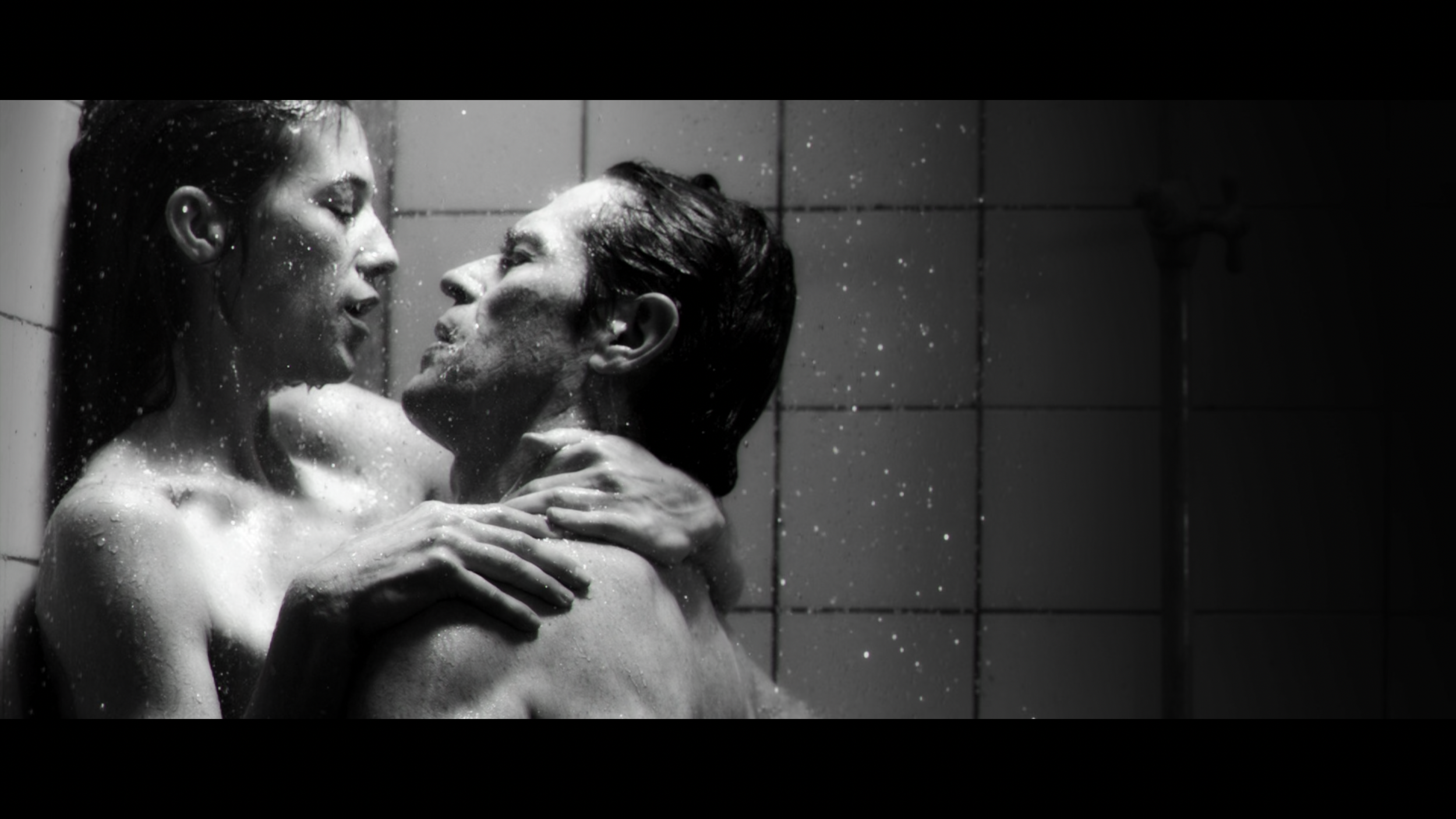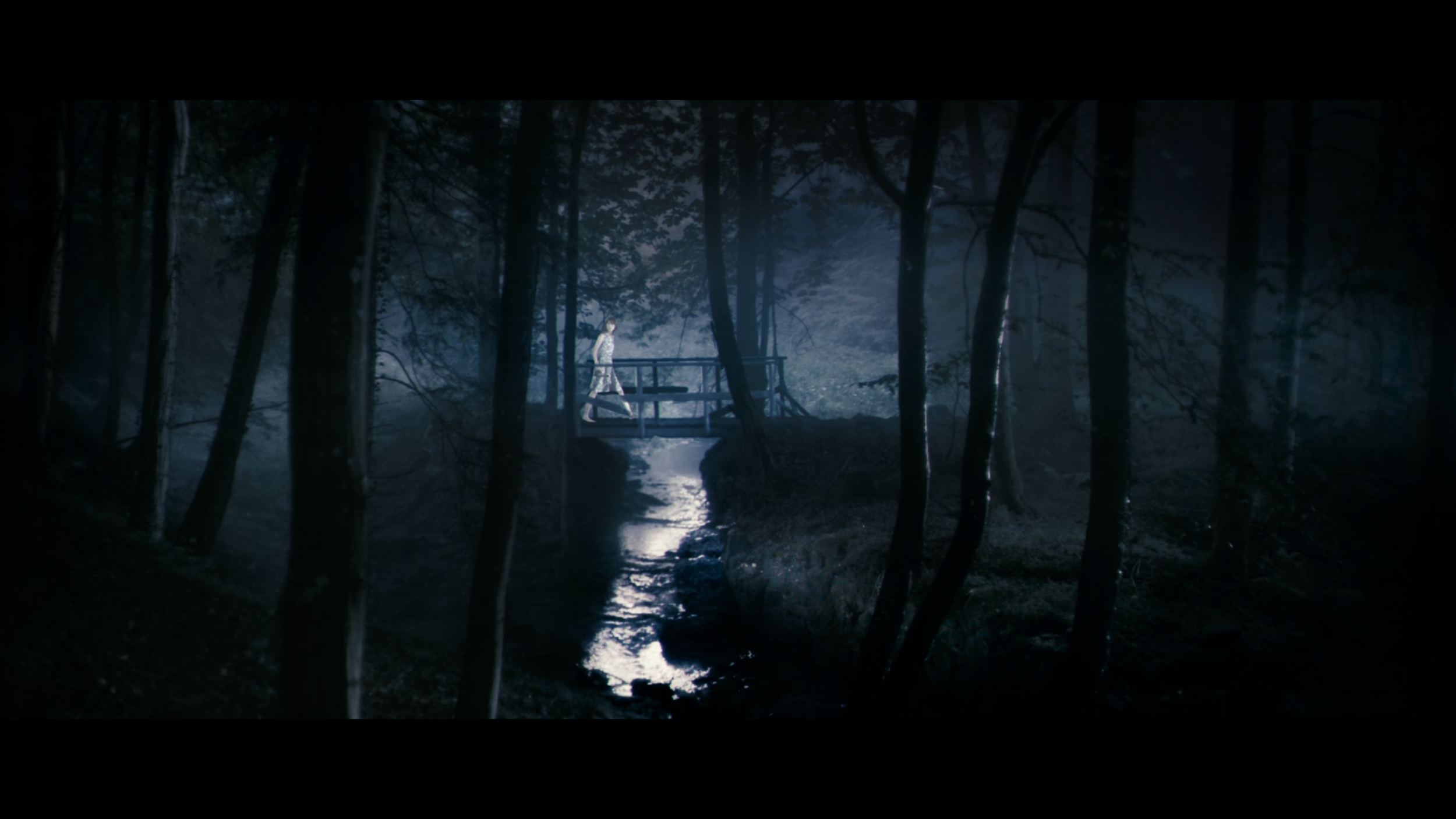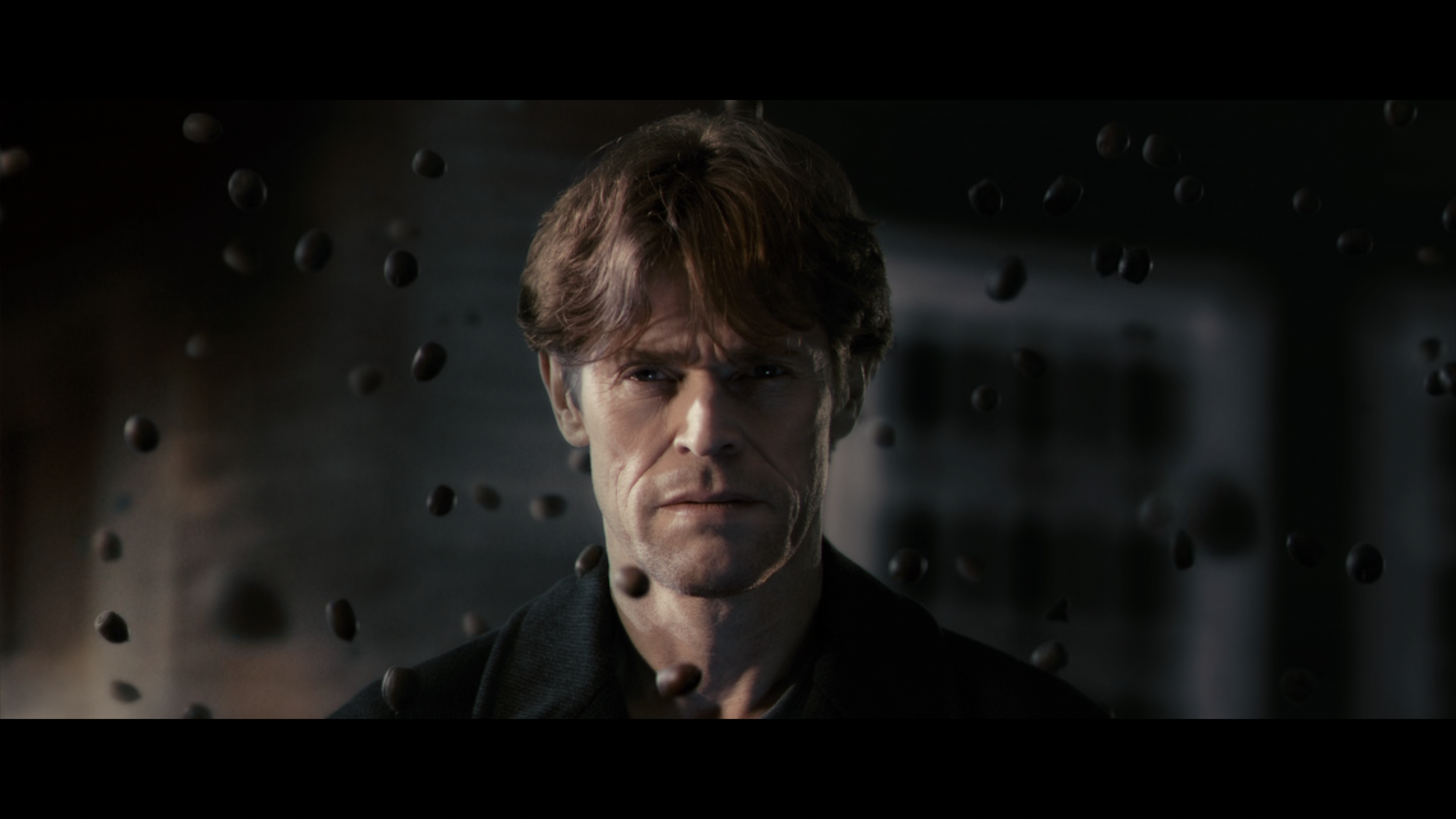Antichrist (2009)
Lars von Trier’s “Antichrist” is not so much a film as it is an ordeal, a relentless exploration of grief, despair, and the unfathomable darkness of human nature. Werner Herzog has said that filmmaking requires courage, and few filmmakers embody that virtue more fully than von Trier. With “Antichrist,” the first film in his “depression” trilogy, he has created a work that challenges not only the audience’s emotional endurance but also the boundaries of what cinema can express.
This is a film that dares to descend into the abyss, to confront pain and horror head-on, without flinching. It is a horror film, but not in the traditional sense. There are no jump scares or supernatural villains. Instead, the true horrors lie in the chaotic indifference of nature, the fragility of the human mind, and the cruelty we inflict on ourselves and others. Bold, provocative, and deeply unsettling, this film invites endless interpretation and defies easy categorization.
The Prologue might be one of the most hauntingly beautiful scenes ever captured on film: a B&W opera of life, death, and unthinkable tragedy. Willem Dafoe and Charlotte Gainsbourg play a couple (He and She) whose child, Nic, falls to his death from a window while they are making love. The scene unfolds in slow motion, underscored by Handel’s “Lascia ch’io pianga.” As a father of three children myself, the image of a child’s senseless death taps directly into my deepest fears, and the emotional fallout that follows in the film is almost unbearable to watch. Von Trier forces us to sit with the aftermath, making the audience feel every ounce of pain, guilt, and despair that these parents experience. It is raw, devastating, and unflinchingly human.
The film’s visual language is extraordinary. Von Trier and cinematographer Anthony Dod Mantle create a world that feels both grounded in reality and surreal, almost supernatural. The use of high frame rate shots lends certain sequences a hyperreal quality, while the seamless transitions between handheld and crane shots add to the film’s unnerving unpredictability. The camera becomes a character in its own right, sometimes intimate, sometimes coldly distant, yet always attuned to the emotional and psychological turbulence of the characters.
At the heart of “Antichrist” lies a provocative thesis: that Earth was created not by God, but by Satan. This is evoked in a chilling line, “Nature is Satan’s church,” and reinforced by the grotesque, violent imagery of the natural world. Acorns fall relentlessly from oak trees, littering the ground with reminders of nature’s reproductive cycle. Each acorn carries the potential for life, yet the overwhelming number of them suggests futility, decay, and death. The oak tree itself becomes a towering symbol of nature’s indifference… majestic yet monstrous, a force of creation and destruction.
Von Trier explores the idea that nature, far from being benevolent, is inherently chaotic and cruel. The fox, caught in a horrifying act of self-cannibalism, utters one of the film’s most profound lines: “Chaos reigns.” It’s an absurd moment on the surface, but within the context of the film, it feels like a statement of cosmic truth. Chaos is the governing force of the universe, and humanity’s attempts to impose order—through religion, morality, even love—are ultimately futile.
“Antichrist” is riddled with symbols that defy easy interpretation, inviting us to piece together meaning like a puzzle. The three beggars: Pain, Despair, and Grief emerge as harbingers of death, their arrival signaling that “when the three beggars arrive, someone must die.” These figures, both literal and metaphorical, embody the emotional and psychological torment that consumes the characters.
There are other mysteries, too: Why are Nick’s shoes always on the wrong feet in the photos? Is it a sign of neglect or a subtle manifestation of his mother’s psychological instability? And what of the crow, which refuses to die no matter how violently it is attacked? The crow’s persistent resurrection could be seen as a metaphor for the inescapability of trauma. It keeps coming back, no matter how much we try to bury it.
The blurred faces of people in the epilogue hint at a disconnection from humanity. Are they representations of guilt, repressed memories, or the loss of identity in the face of overwhelming grief? The film doesn’t provide answers, but it forces you to engage with these questions on a deeply personal level.
Interwoven through the film’s exploration of grief is a disturbing examination of gender and violence. The discovery of artwork depicting the torture of women connects to the Gainsbourg character’s descent into madness and self-loathing. The film suggests that grief and guilt can manifest in monstrous ways, turning inward and outward with devastating consequences.
Some may criticize this film for its graphic violence, particularly its depiction of sexual mutilation, or for its bleak worldview. These elements are undeniably shocking, but they feel purposeful rather than gratuitous. Von Trier has created a film that confronts the darkness head-on, refusing to shy away from the ugliest truths about human existence.
This is a deeply personal work for Lars von Trier, born out of his own harrowing battle with depression. He has openly discussed how the project emerged during a period when he was nearly paralyzed by mental illness, so incapacitated that writing the screenplay became an act of desperation. It was a means of forcing himself to create again when the act of creation felt impossible. This struggle is palpable throughout the film, which is steeped in the raw, jagged emotions of grief, despair, and self-loathing. Von Trier has admitted that he doubted his ability to even direct during production, yet this vulnerability imbues the film with an authenticity and urgency that few other works achieve.
The unflinching darkness of “Antichrist”mirrors a psyche grappling with its own turmoil, making it feel less like a crafted piece of fiction and more like an exorcism of the director’s personal demons. For von Trier, the film’s chaotic, merciless nature is not just a thematic choice, it is a reflection of his own internal landscape during one of the most difficult periods of his life.
“Antichrist” is not a film I can recommend to everyone. It is harrowing, disturbing, and at times incomprehensible. But for those willing to endure its punishing depths, it is also a profoundly moving meditation on grief, guilt, and the nature of existence. Lars von Trier confronts us with our deepest fears and forces us to reckon with them. Like the acorns that fall from the oak tree, life and death are inextricably linked, and chaos reigns over all. “Antichrist” is a bold, uncompromising work of art, difficult to watch, impossible to forget.














